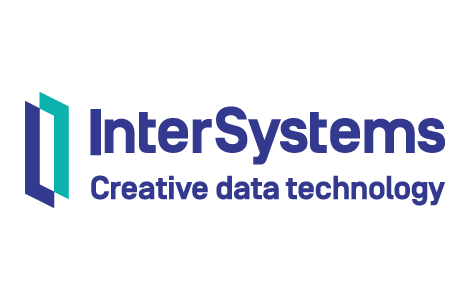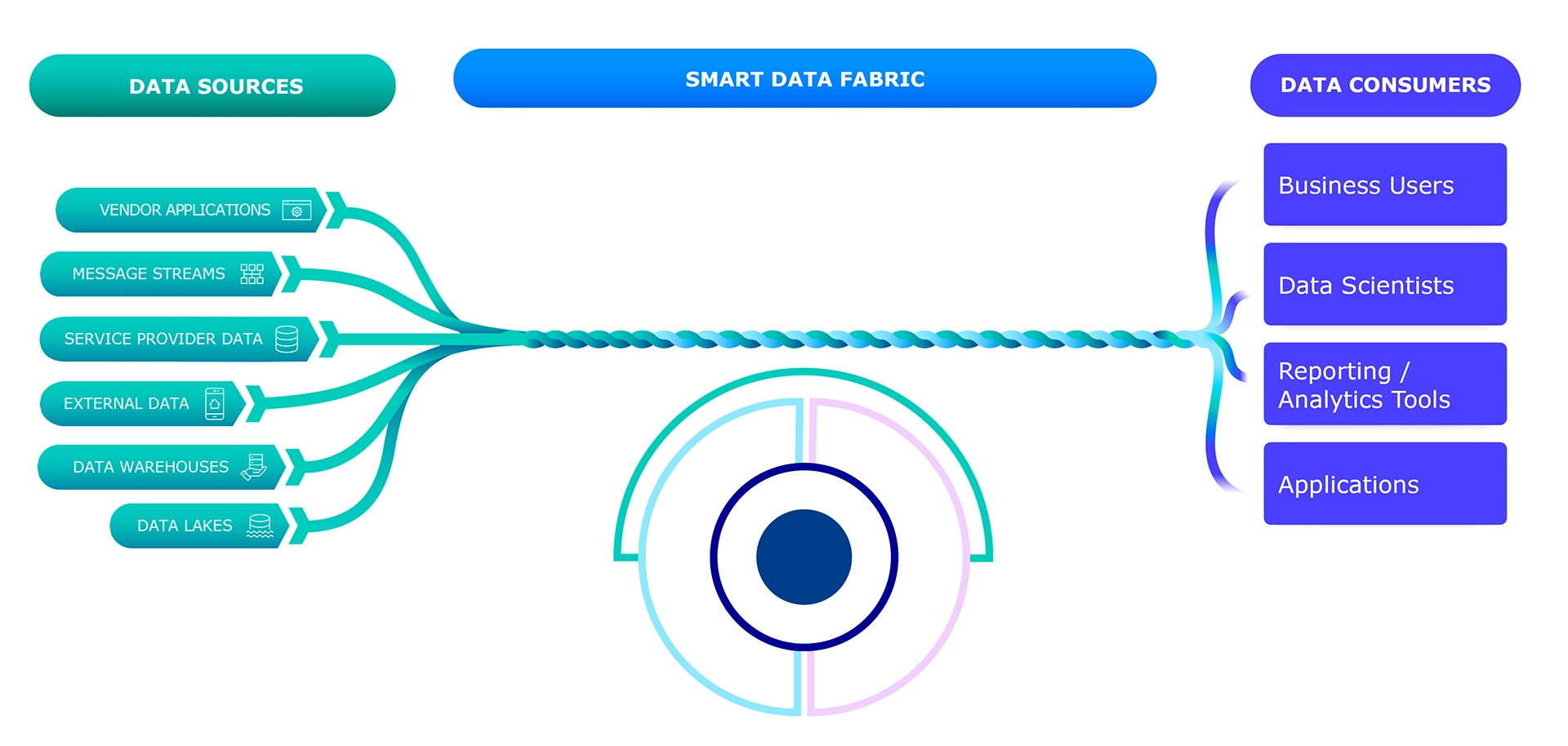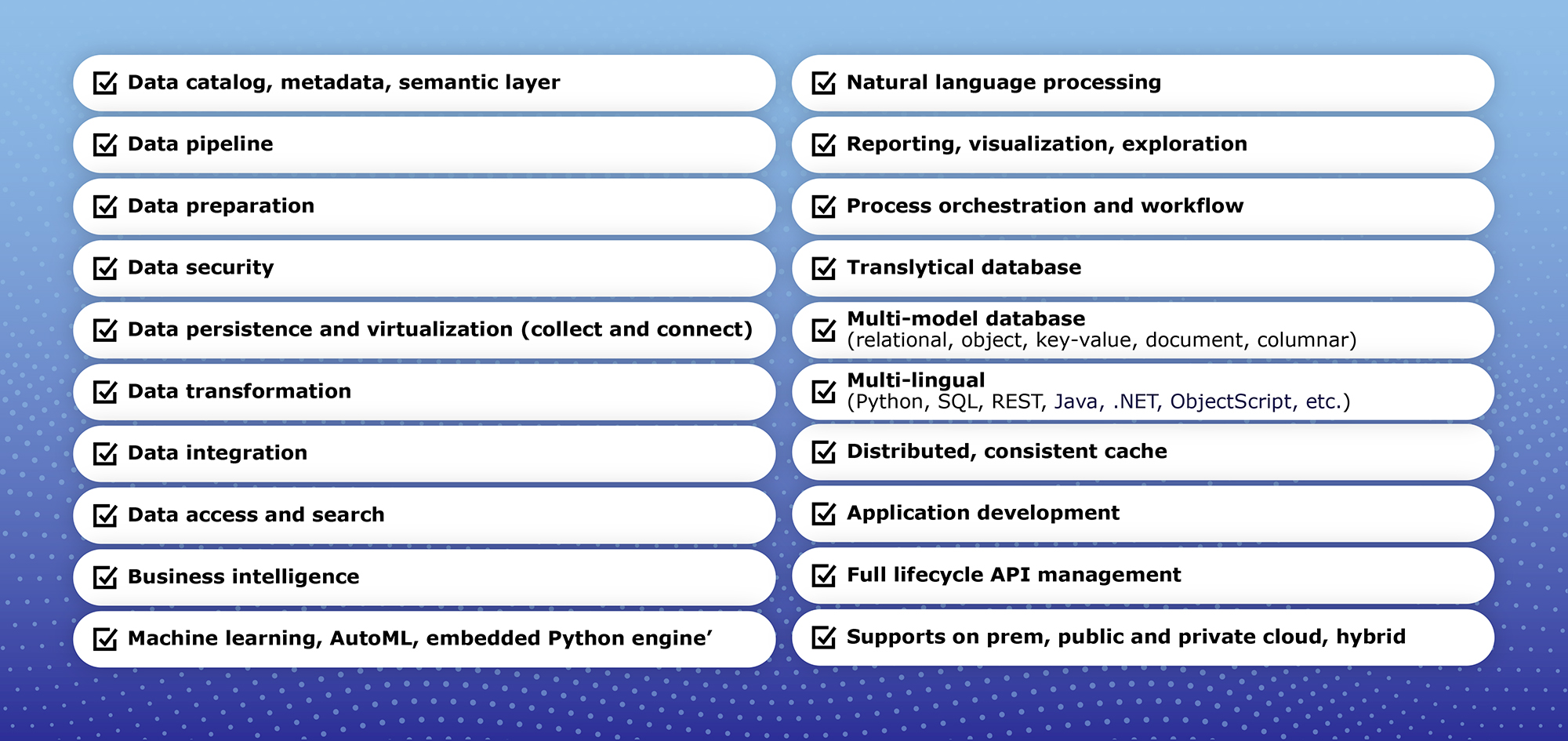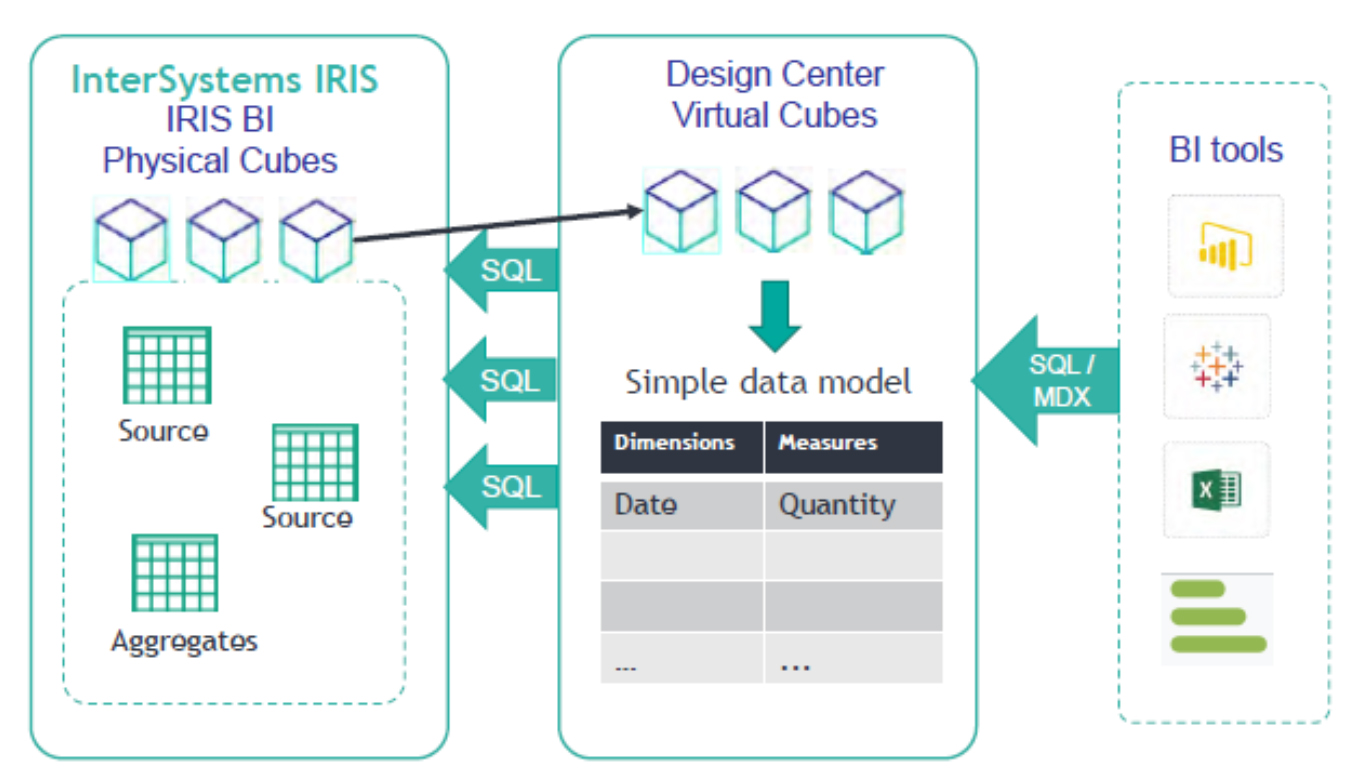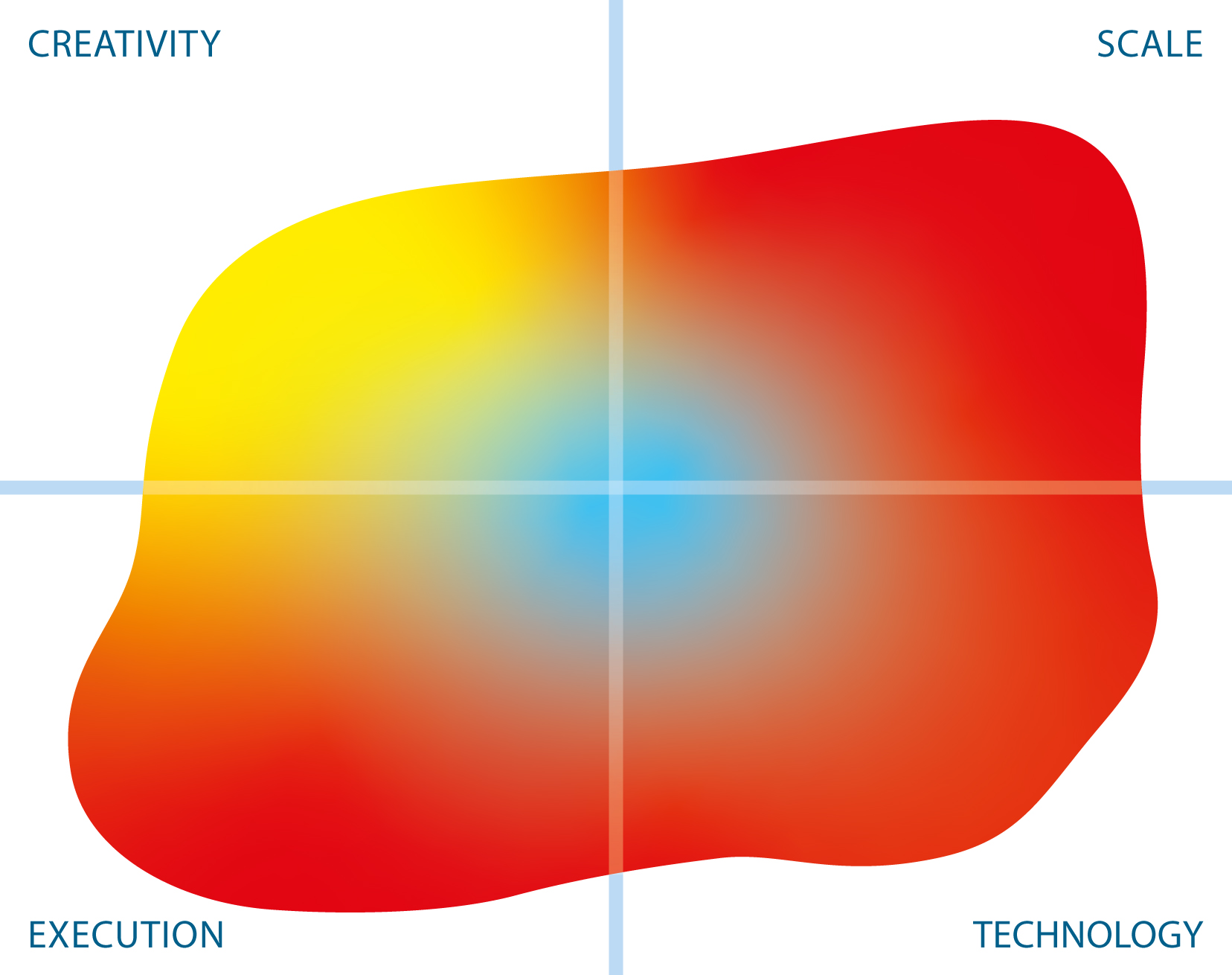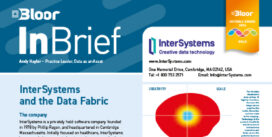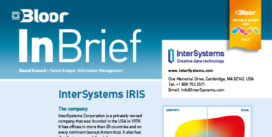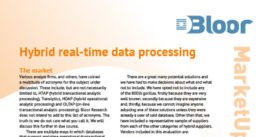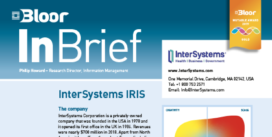InterSystems
Last Updated:
Analyst Coverage: David Norfolk, Daniel Howard and Paul Bevan
InterSystems Corporation is a privately-owned company that was founded in the USA in 1978 and it opened its first office in the UK in 1986. Revenues were nearly $700 million in 2018. Apart from North America, it has over 35 global office locations throughout Europe (including Russia and Israel), across both South America and South East Asia, and in Australia, South Africa and the Gulf. It also has distributors around the globe – InterSystems software is in use in over 80 countries worldwide.
Phillip T. (Terry) Ragon, InterSystems CEO and founder still has a very hands-on approach to his company. In part, this seems to be why InterSystems as good as it is at punching above its weight, but it is also very choosy about who it employs – technical excellence is just the start, and passion, ethics etc also matter. The importance of Ragon might imply a possible succession issue but the InterSystems management team seems to be well aware of this and tells me that it is given a lot of autonomy and is strong enough to survive Ragon leaving. Not unconnected with its popularity with the people who have actually heard of it, InterSystems also strikes us as a company that genuinely takes people issues and ethics seriously. It claims to be guided by the IRIS principle—that software should be Interoperable, Reliable, Intuitive, and Scalable.
Historically the company has largely relied on implementation partners and ISVs for its sales, with a relatively small direct sales force. While the company’s partner base remains a major strength InterSystems has also expanded its direct sales force to support large corporations that require a direct relationship and because of the HealthShare and TrakCare solutions, which provide healthcare applications for the US (HealthShare) and elsewhere (TrakCare).
We see InterSystems as focusing on specific vertical markets, which allows it to make the best use of its limited marketing resources. It invests heavily in improving its technology platform, which has a very sound basis and is often almost the only choice where ultimate scalability and performance are needed. For example, it is used to map over 1 billion stars in the Milky Way for the European Space Agency and processes more than 300,000 transactions per day for the 2nd largest shipping company in the world.
However, InterSystems is not resting on its technical laurels and its IRIS platform provides considerable “value add” services for integration, analytics and “augmented intelligence” (AI). As an example of how it is prepared to open up to new developers, it has recently announced support for Python as a “first class” language for InterSystems development. It also supports an impressive “Knowledge Hub”, with an online community, blogs, educational resources and certification programs. It is very much more than just a database with add-ons, it is a genuine data platform.

